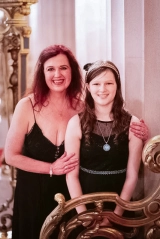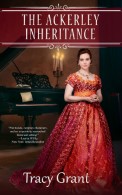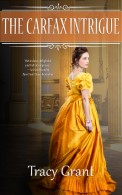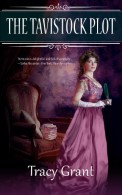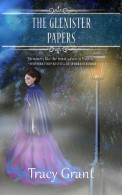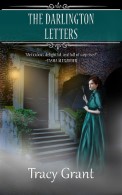As you may have seen from my updates on Twitter and Facebook, I just got back from a wonderful few days at the Oregon Shakespeare Festival with my writer friend Penny Williamson. OSF is a wonderful theater company, but this year’s crop of plays (we’ll be back in July to see the rest of the 75th anniversary season) was overall one of the best in my memory.
We began with Ruined, a powerful play by the brilliant Lynn Nottage about women struggling to survive and living with the consequences of rape during the brutal war in the Congo. A painful play to watch at times, it had an amazingly hopeful ending, the sort of ending that takes one by surprise and yet in retrospect fits the story perfectly. The production, directed by Liesl Tommy, was riveting and heart-rending.
That evening we saw Hamlet, directed by OSF Artistic Director Bill Rauch with the amazing Dan Donohue in the title role. I find new things in Hamlet whenever I see it. This production beautifully captured Hamlet’s youth (I’ve never seen the character played as so young and it really worked). His character arc of growing up over the course of the play was fascinating and paralleled the character arcs of Ophelia (Susannah Flood) and Laertes (David DeSantos). All the performances were sharply detailed and nuanced and the production also wonderfully brought out the surprising amount of humor in the play.
The next day we saw Cat on a Hot Tin Roof, which I think is my favorite Tennessee Williams play (I love the fact that Maggie is so tough and not a victim as many of Williams’s heroines are). Director Christopher Liam Moore brilliantly brought out the raw emotions in the play. Maggie (Stephanie Beatriz) was tough and a fighter but also palpably desperate. Brick (Danforth Comins) had a look of bleak torment in his eyes. His confrontation with Maggie at the end of Act I brought tears to my eyes.
That evening provided a contrast to the first three very intense plays with the enchanting musical She Loves Me. She Loves Me has a beautiful score and a lovely story (it’s based on the Hungarian play Parfumerie that was also the basis for The Shop Around the Corner and You’ve Got Mail). This production was a sheer delight from the opening ensemble of the various characters arriving for work at the parfumerie to the delightfully romantic resolution between the central couple (Mark Bedard and Liza McCormick). The ensemble cast captured the various characters wonderfully and the production was staged (by director Rebecca Taichman) with wonderful wit.
We rounded out the trip with a delightful adaptation of Pride and Prejudice (adapted by Joseph Hanreddy and J.R. Sullivan) directed by former OSF Artistic Director Libby Appel. The familiar characters came to vivid life. OSF is such a strong rep company that the cast was uniformly strong, down to the smallest roles.
I find good theater so exhilarating Penny and I talked about the plays over brunches and dinners and after theater drinks. As always, we found many wonderful parallels between them. Maggie’s desperation for financial security through her marriage and the Bennet sisters’ need to find husbands, the feuding lovers who need to get past their first impressions in both She Loves Me and Pride and Prejudice. And as always I got wonderful ideas for my own writing, from a specific Hamlet quote I want to work into Vienna Waltz to ways of enriching my characters’ back story.
Have you seen any exciting theater lately? Writers, do you get inspiration from theater or movies?
Be sure to check out this week’s Fraser Correspondence additions, a letter from Aline Dacre-Hammond to Gisèle Fraser just after she arrives to stay with Charles and Mélanie in Vienna.
